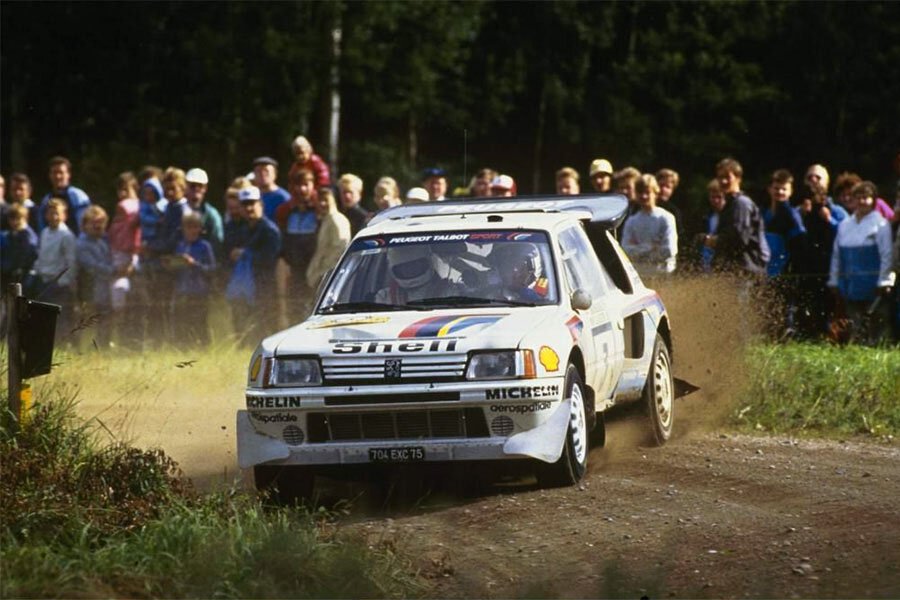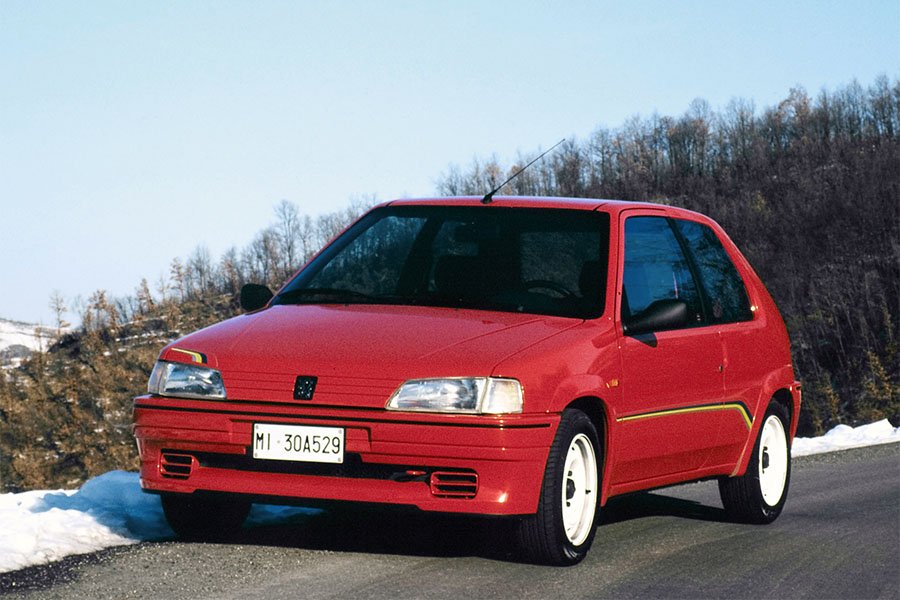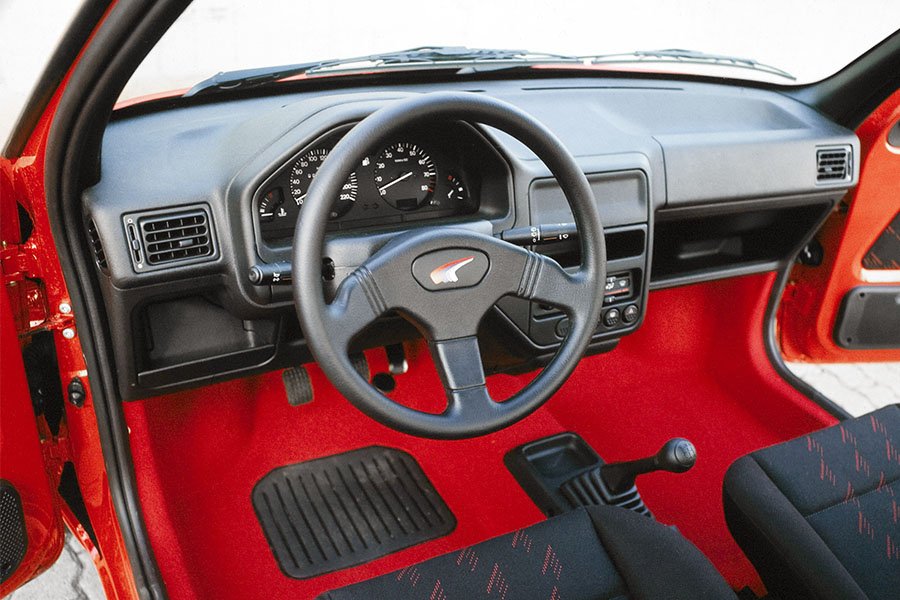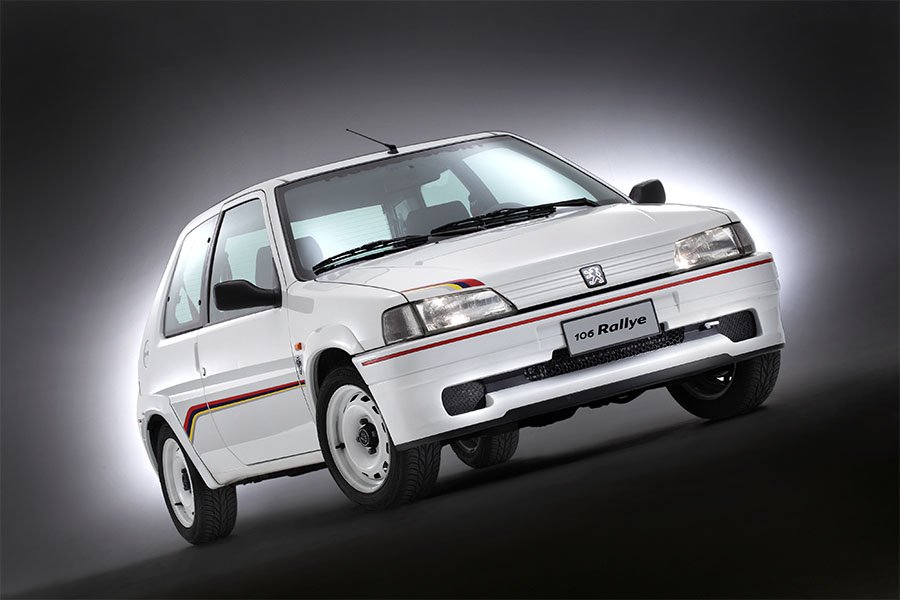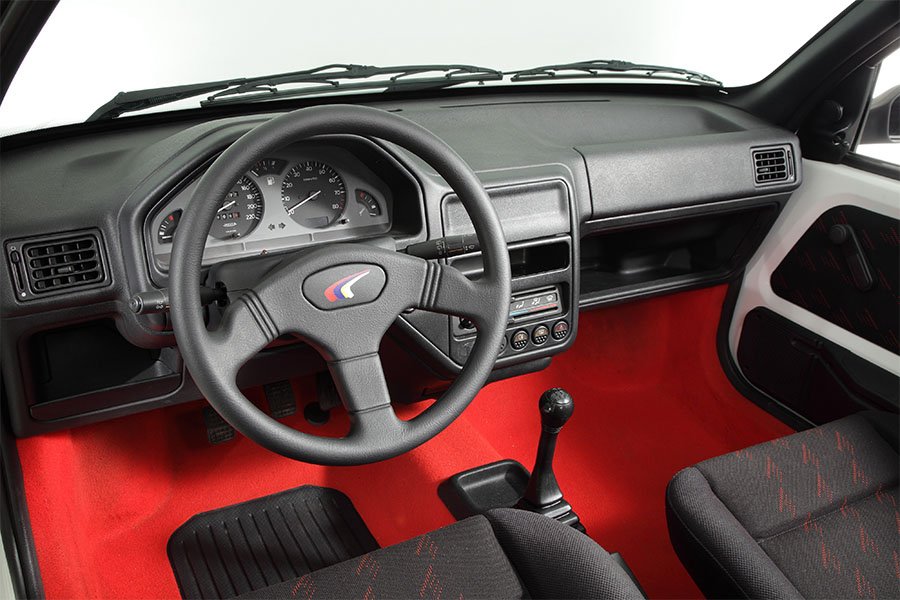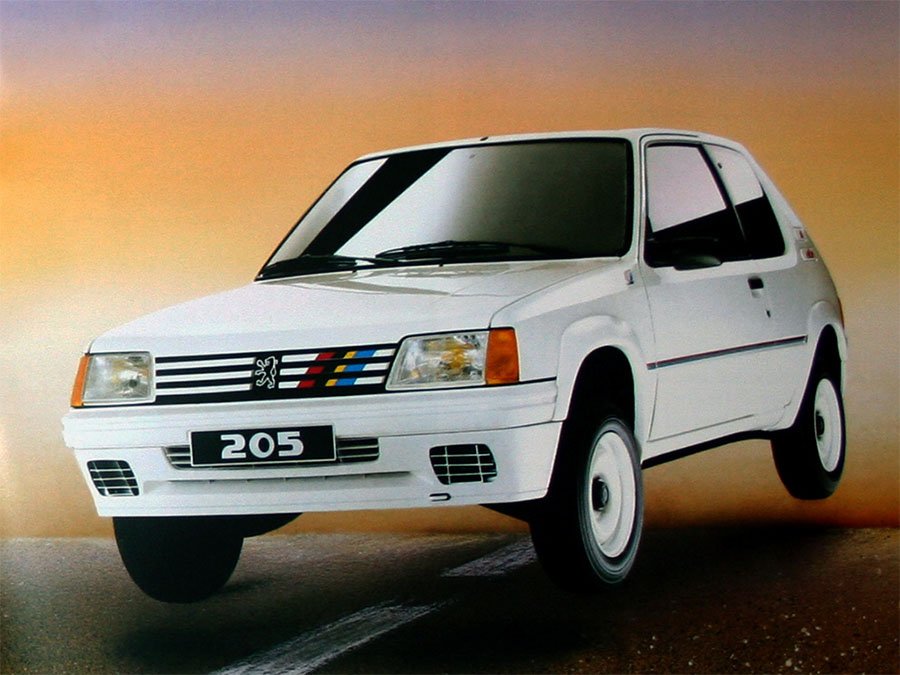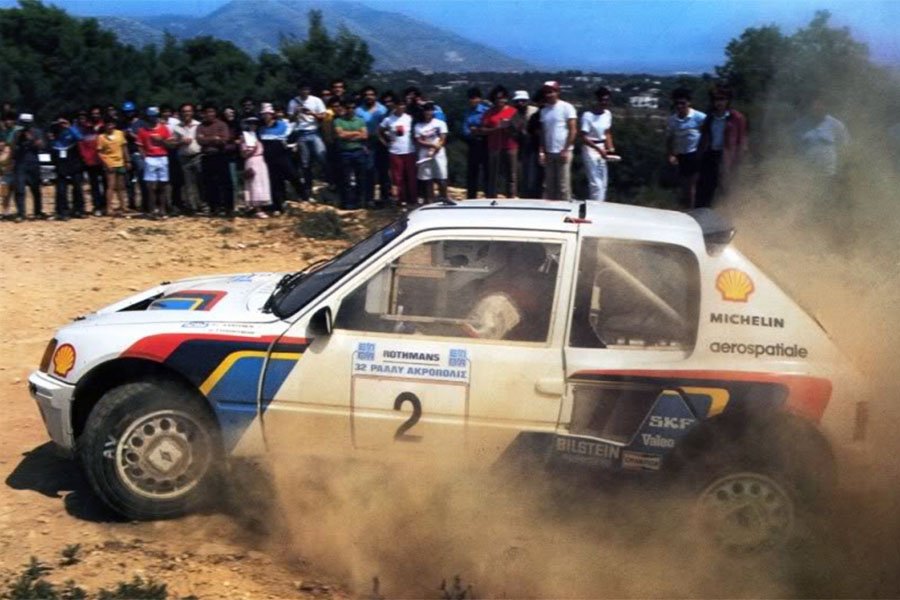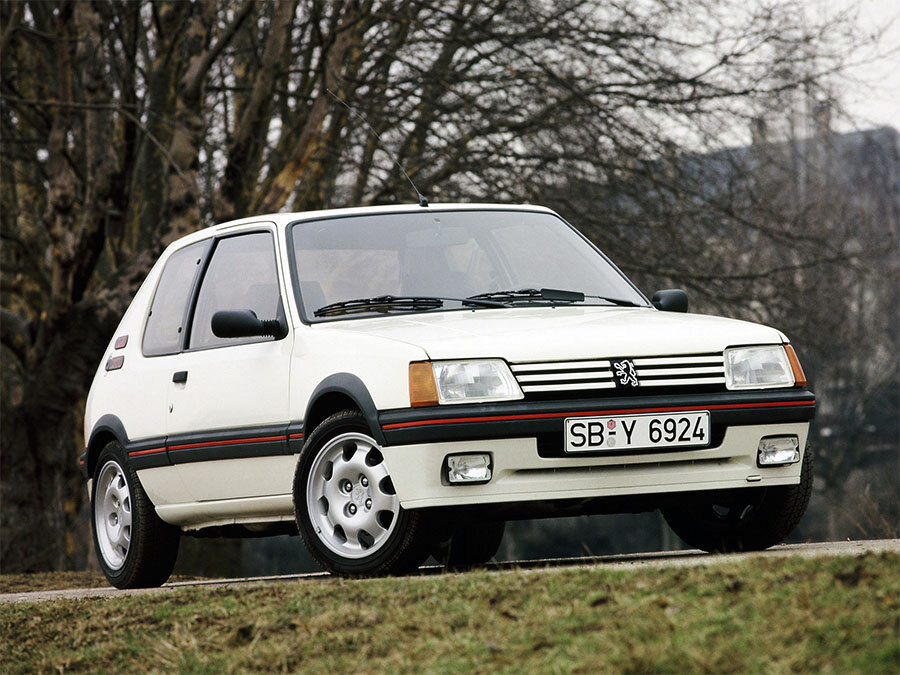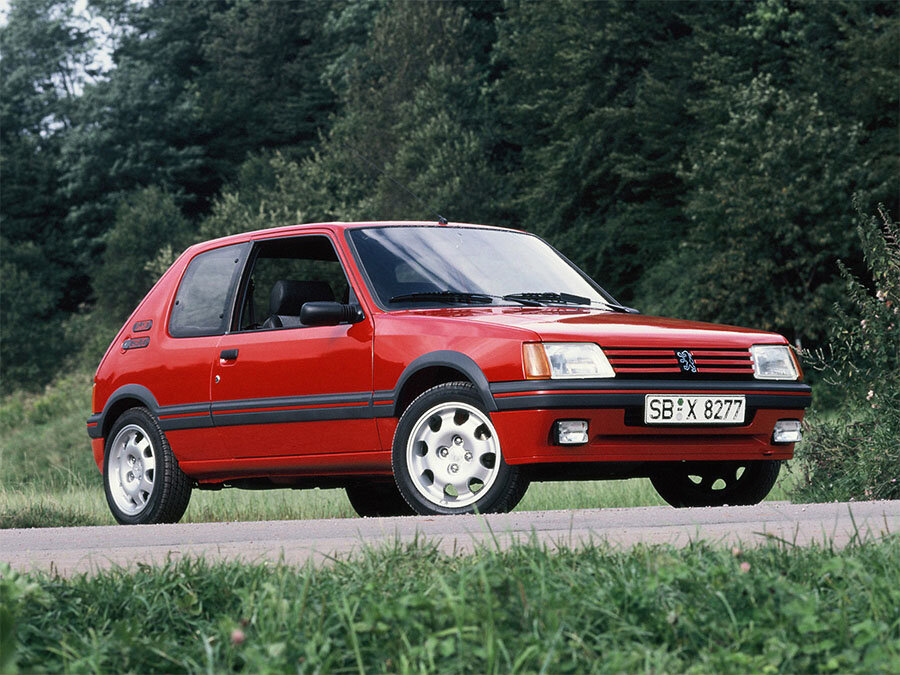VIN: the works Peugeot 205 T16 Evolution 2 chassis C201
/ Ben Tyer
HISTORY OF CHASSIS
Chassis C201 was the first T16 Evolution 2 that Peugeot used in competition.
20 of these cars were built as per the Evolution regulations that permitted a host of upgrades every twelve months so long as the aforementioned 20 cars were built for homologation.
C201 made its debut on the 1985 Tour de Corse which was the only WRC event to take place on French soil. It was held between May 2nd and 4th over a 1603km all-tarmac route of which 1122km was special stages.
Peugeot ran C201 as their solitary Evolution 2 for Bruno Saby / Jean-Francois Fauchille. Team-mates and championship contenders Timo Salonen and Ari Vatanen opted for Evolutions 1s. Saby was a tarmac specialist and not in the running for championship honours so a safe but to trial this latest T16.
The event saw Salonen excluded on the first day after an electrical fix in parc ferme went over the allotted time. Vatanen then crashed out on day two and wrecked his car.
Unfortunately, by this time the event had been overshadowed by a fatal accident that claimed the life of Lancia driver Attilio Bettega. Bettega had crashed his 037 into a tree which ruptured the driver’s seat and killed him instantly. Bettega’s co-driver, Maurizio Perissinot, was uninjured. Lancia withdrew from the event.
Somewhat disappointingly, Saby took just two fastest stage times in the brand new Evolution 2 (compared to Vatanen’s ten before he crashed). The other 17 were won by Jean Ragnotti in the new Renault 5 Maxi Turbo which was also making its competition debut.
Ragnotti and co-driver, Pierre Thimonier, led from start to finish and eventually finished nearly 13 minutes ahead of Saby / Fauchille who placed second.
Chassis C201 was next wheeled out for Timo Salonen to drive solo in the non-championship season-ending Bettega Memorial Rally which was organised as part of the Bologna Motor Show.
Held on a 1.3km circuit in the car park of the Bologna exhibition centre, huge crowds were treated to a spectacular knockout competition.
Salonen beat Stig Blomqvist’s Audi in round one, the Metro 6R4 of Marc Duez in round two and then Markku Alen’s Lancia Delta S4 to win the final.
Chassis C210 was subsequently retired from competition duty.
Notable History
Peugeot Talbot Sport
Registered 24 FGV 75
02/05/1985 WRC Tour de Corse (B. Saby / J.F. Fauchille) 2nd oa. 2nd Gr.B class (#11)
09/12/1985 IRC Bettega Memorial Rally (T. Salonen) 1st oa, 1st B12 class (#1)
Text copyright: Supercar Nostalgia
Photo copyright: Peugeot - http://www.peugeot.com






























